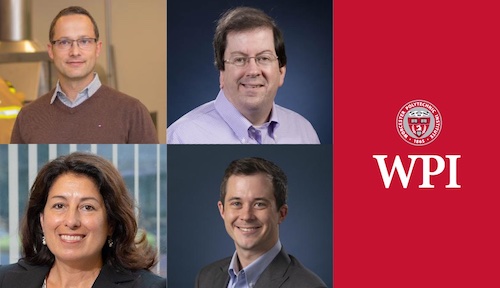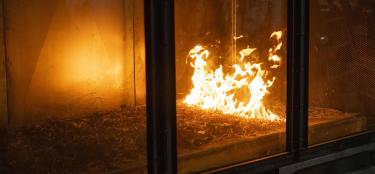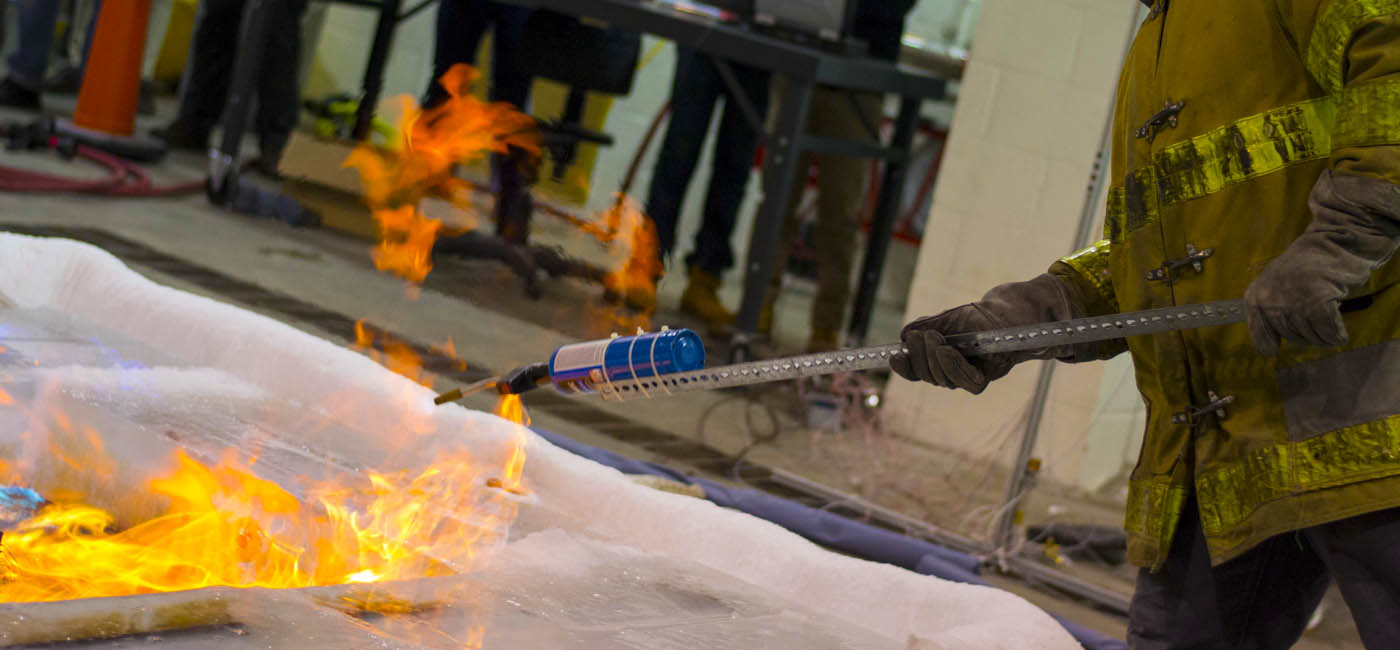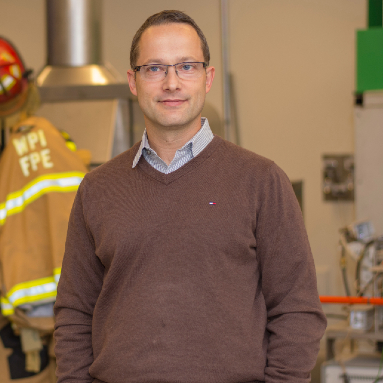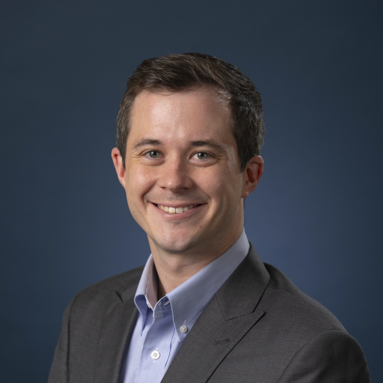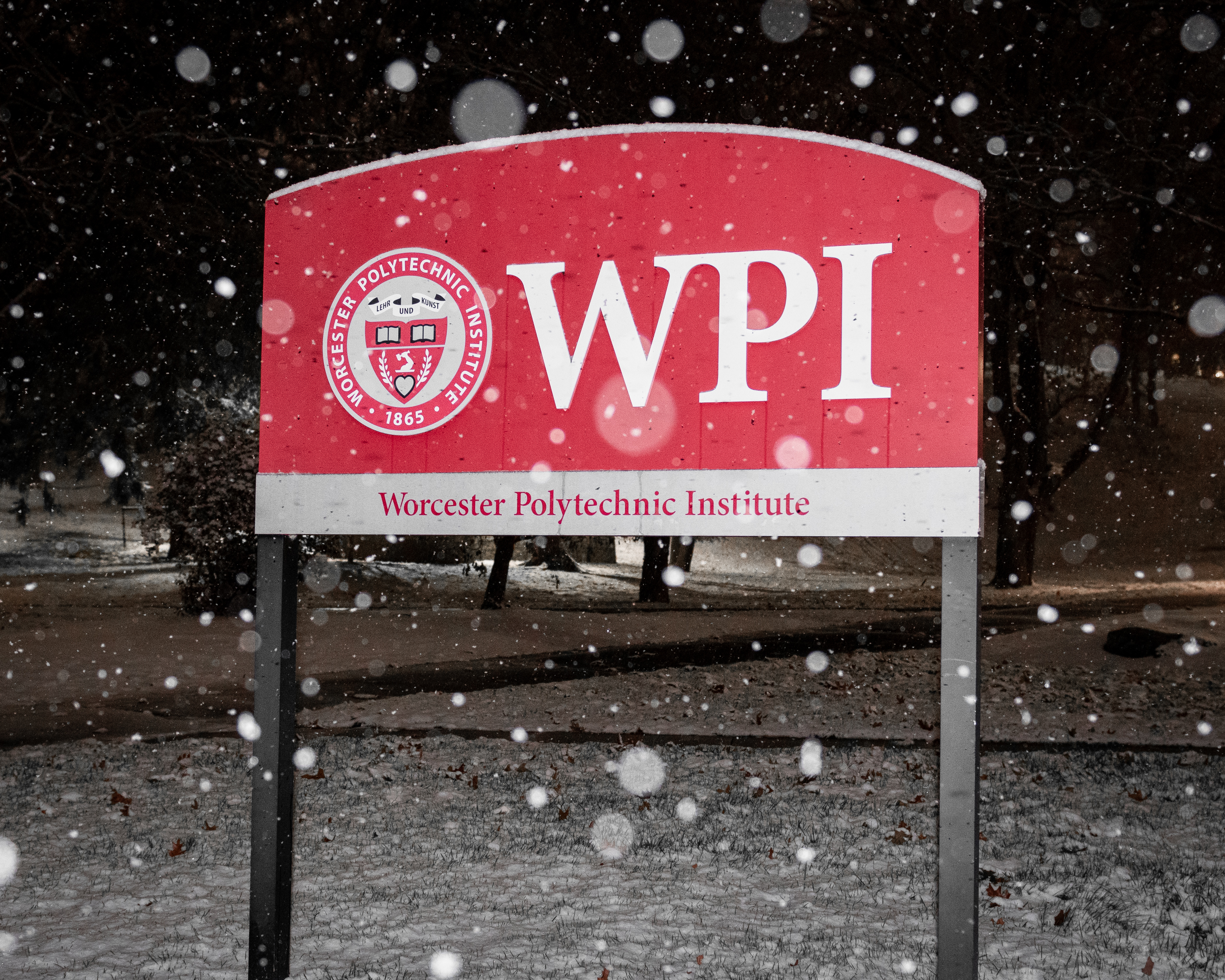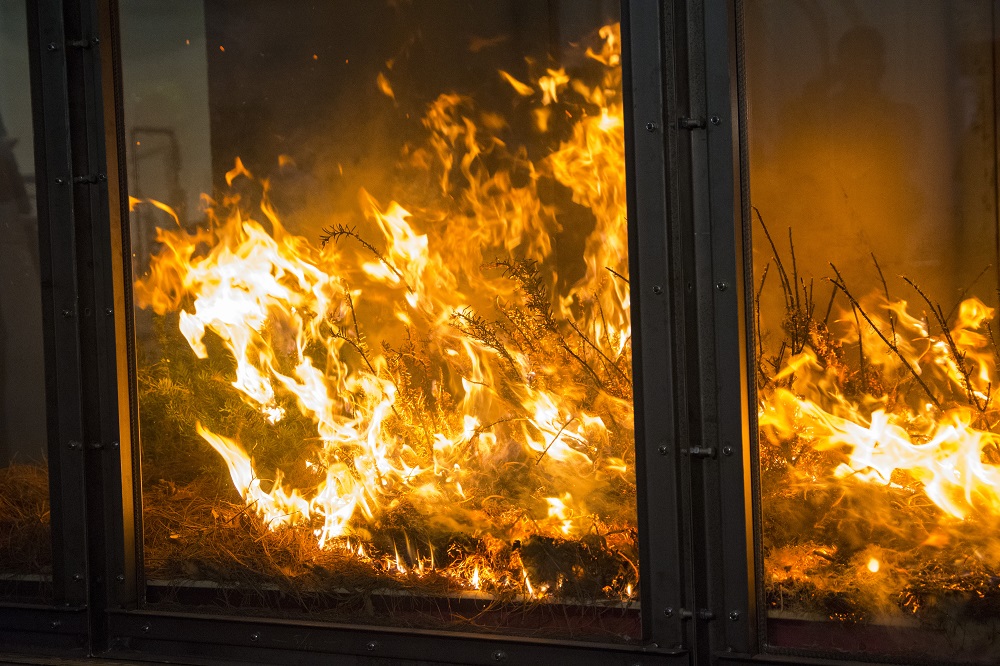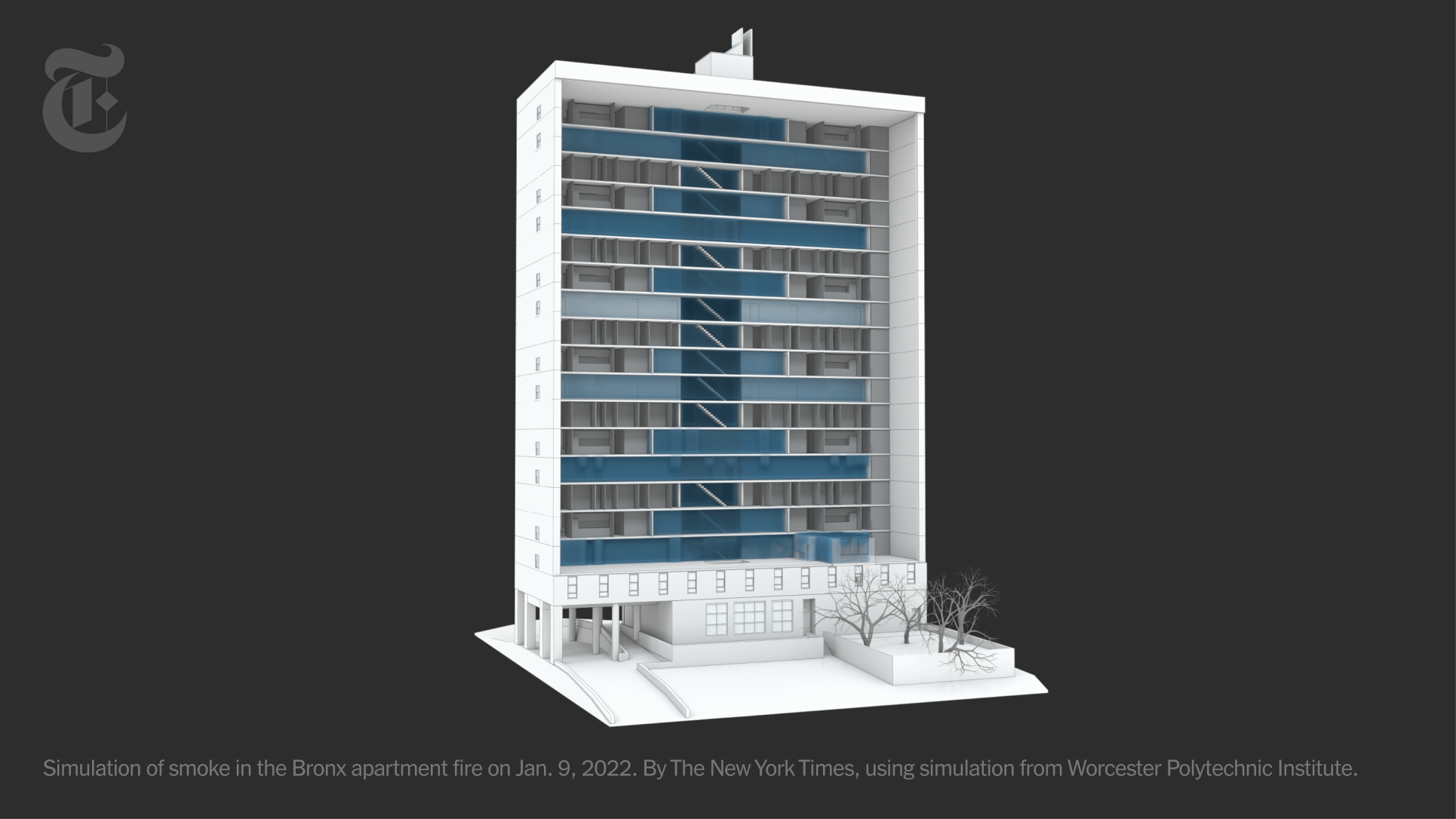Why are unmanaged grasslands so susceptible to fire and fire spread?
Urban: Fine fuels—small twigs, leaves, needles, grasses, and other small-diameter material—ignite very easily and quickly compared to larger fuels. If the grass isn’t managed, it may grow long, and a significant portion may be dead and will dry out in a drought, leading to a high fuel load. The higher fuel loading of fine fuel typically causes longer flame lengths, which can support faster fire spread. Grass that is mowed is typically greener, wetter, and closer to the ground, which makes it harder to ignite.
Simeoni: A lot of grass in Maui is old cane sugar fields with non-native grass. In the summer it gets cured and very dry. So, basically, you had all the conditions—the fuel, the heat, the wind and the ignition sources—to create a catastrophe.
Sheller: Any island that has been exploited for plantation agriculture has been transformed in ways that leave it more vulnerable to climate-related disasters today—through the clearing of forests, eradication of native species, introduction of invasive species, and other changes to the land that lead to desiccation (such as damming streams). It has been known since the 18th century that small islands that had tree cover removed had less cloud formation and therefore less rainfall. Colonialism also created unequal economic conditions between native Hawaiians and wealthy visitors and buyers that concentrated the service-sector labor force in “affordable” areas that are often the most vulnerable to disasters.
What can communities do to better protect buildings against wildfire risk?
Urban: There are a variety of newer construction methods and materials that have become commercially available that can help. However, one of the most achievable ways to fire-proof buildings is to reduce the fuel loading near the building exterior (ornamental vegetation, sheds, outdoor furniture, etc.).
What critical infrastructure improvements need to be examined in Maui and other susceptible areas?
Ahern: The wildfires in California and Maui have underscored the need to enhance the resilience of power systems. Additional vegetation management around power infrastructure, faster protection system trip settings, greater use of (partially insulated) tree wire, and aerial cables would all reduce the risk of sparking wildfires. These infrastructure investments would also boost reliability.
In the near term, public safety emergency response protocols could mitigate the risk of such incidents but at a cost to reliability. This approach would mean that utilities would de-energize the power system in dry, windy areas that are susceptible to wildfires. This has already been implemented in parts of California.
Lahaina’s economy has been ravaged. Does this increase the likelihood of a mass migration?
Sheller: People without livelihoods will likely be displaced to anywhere they can find places to live and work. It is crucial to protect against this by creating opportunities in Maui. Sustainable tourism could be one way to help in this effort. There should be programs to rebuild locally owned businesses that operate sustainably, local farming, and construction of affordable housing.
How should tourism be considered in the disaster recovery?
Sheller: The disaster recovery raises important issues around the tension between tourism and other local economic activity: the high costs of housing and land developed for tourism and second-home owners, concentration of water rights in private developments that serve tourist resorts and golf courses and prevent local farming, and, more generally, the over-dependence of the economy on tourism. The question is how to re-build sustainable tourism rather than extractive tourism.
